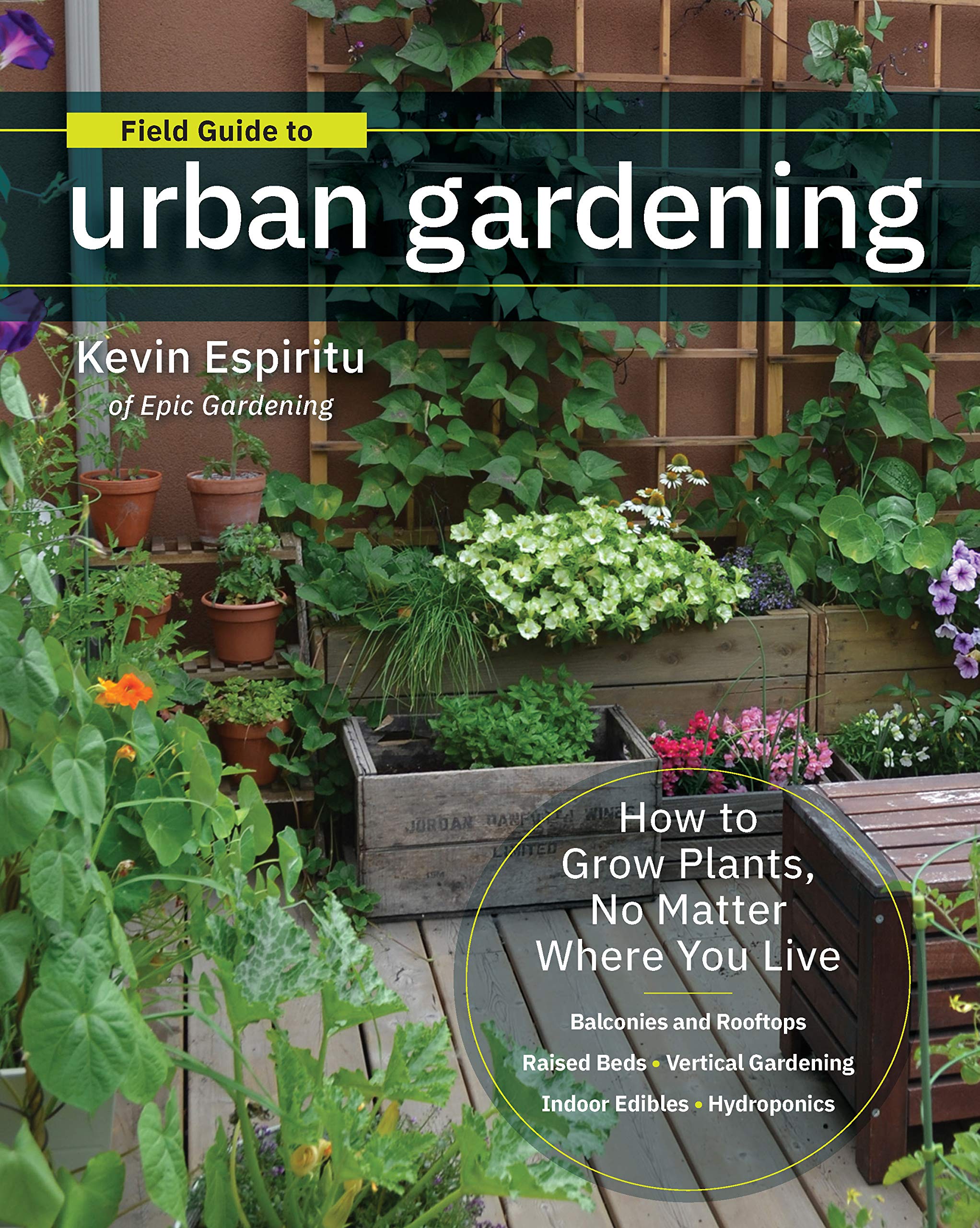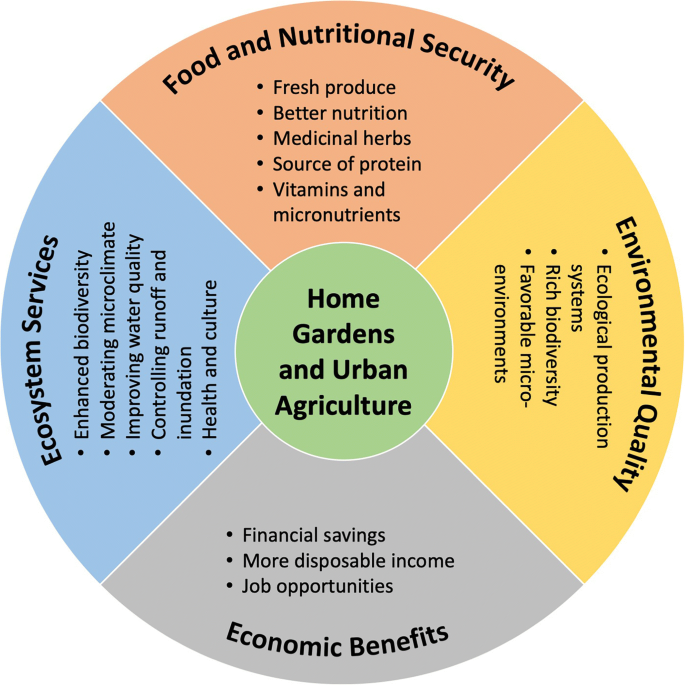Some Of City Blooming
Some Of City Blooming
Blog Article
8 Simple Techniques For City Blooming
Table of ContentsCity Blooming - TruthsExamine This Report about City BloomingIndicators on City Blooming You Should KnowWhat Does City Blooming Mean?City Blooming Can Be Fun For Anyone
Urban yards typically take advantage of warmer microclimates, permitting the farming of less hardy plants such as palms and bamboo. https://www.folkd.com/profile/231752-cityblooming/ commonly found in warmer regions. And as we have actually stated, do not just opt for small plants; little city gardens can take care of large plants and trees and picking these over small picky shrubs will make the room really feel larger and more interestingUtilize big containers they do not completely dry out as quickly as smaller sized pots, so they are less work to keep water. Choose hardscaping components for a metropolitan garden The organized lines, asymmetrical arrangement, and use contrasting products in this London-based Victorian balcony's yard style develop a smooth connection with the design, making it show up as a natural expansion of the total visual.
Plant vertically Cover the walls in greenery, whether that be gorgeous mountain climbers that ripple messily over your fencing or something much more included and contemporary like a living wall. Take advantage of a light well yard Whitewashed wall surfaces and pale flooring tiles transform it from a dark and run down room right into an area you would certainly want to invest time on a Sunday morning with a cup of coffee.
The Main Principles Of City Blooming
Vertical farming and aeroponics allow crops to be grown in regulated environments, utilizing marginal space and resources. IoT-based innovative gardening systems allow remote monitoring and automation of gardening processes. Urban farming apps and on-line sources supply beneficial information, ideas, and community assistance for urban garden enthusiasts. A web page from the London Municipal government site offers info concerning metropolitan farming in London.
The page additionally consists of links to various other websites and sources connected to city farming in London. Urban Farming is a website that promotes urban farming. They have a mission to end appetite in our generation by planting gardens on extra land in cities. They use a variety of sources to assist people get associated with metropolitan farming, consisting of educational materials, horticulture tips, and a neighborhood discussion forum.

City Blooming Fundamentals Explained
Urban Growth is a community-led company that collaborates with both areas and designers to develop a healthier city. They are devoted to sustainability, empowerment, and pleasure, and they believe that every person has the power to make a difference. Urban gardening is an effective movement that brings nature back into the concrete jungle.
Katy started at Horticulture Express with restricted knowledge of horticulture, but under the mentorship of Chris Bonnett and the other horticulture professionals in the company, she currently has more than 2 years of experience in the horticulture industry. Katy has created over 300 articles on topics such as plant care, yard styles, yard design, and maintenance.
Katy's goal is to help beginners and seasoned garden enthusiasts alike develop and appreciate their own welcoming exterior spaces effortlessly.
Neighborhood yards are semi-public rooms shared by an area of neighbors and other individuals where they collectively take part in growing fruits, vegetables, or blossoms, sharing labor and harvest. It's excellent to get associated with these sustainable tasks as they're similarly advantageous for you, the area, and the atmosphere. Neighborhood yards are discovered in communities, yet can also be developed in institutions, property lands, or establishments, such as healthcare facilities.
The Main Principles Of City Blooming
A few of the ecological advantages of neighborhood yards consist of: Remediation of uninhabited land and communities by repurposing themProduction and upgrading of water seepage and other ecological community servicesPromotion click this link of biodiversity by growing native plantsEducating the neighborhood regarding horticulture, metropolitan agriculture, and their benefitsReduction of food transport lessening air pollutionPromotion of sustainable farming practicesFostering social inclusionThe above ecological benefits reveal the total relevance of neighborhood gardens and their payment to providing environment for microorganisms and food to the residents, eliminating food insecurity.
Community gardens add to accomplishing these objectives as they come to all no matter class, age, sex, education, line of work, etc, and play a significant role in increasing awareness and knowledge regarding horticulture and city farming among the people. Neighborhood gardens highlight a need for city slicker to go back to nature.

And also, it gets rid of food instability in neighborhoods which is an honorable objective. Working in a shared garden enables a return to real values.
See This Report about City Blooming
A few of the environmental benefits of neighborhood yards include: Remediation of uninhabited land and ecosystems by repurposing themProduction and upgrading of water infiltration and other environment servicesPromotion of biodiversity by growing indigenous plantsEducating the neighborhood regarding horticulture, city farming, and their benefitsReduction of food transport lessening air pollutionPromotion of sustainable farming practicesFostering social inclusionThe above ecological benefits show the total relevance of neighborhood yards and their payment to giving habitat for microorganisms and food to the locals, removing food insecurity.
Neighborhood gardens contribute to accomplishing these objectives as they are available to all no matter course, age, gender, education, profession, etc, and play a substantial function in elevating understanding and knowledge concerning gardening and city agriculture among the residents. Area gardens highlight a need for city slicker to return to nature.
A method to get closer to nature by adhering to environmentalist valuesSpaces of social diversity where conviviality and exchanges aboundPlaces that advertise the integration of deprived groups or individuals with handicaps right into the social fabricA means to boost your living setting (for people residing in houses and having little eco-friendly space at their disposal)A place of community home entertainment, to hold social events and outside partiesThe chance to expand veggies, fruits, and herbs at reduced costAn opportunity to relocate and exercise in the fresh air by committing a few hours a week to gardening and keeping your yard plotThe chance to share and exchange with other individuals products from the harvestOpportunities to elevate awareness and inform people concerning ecological regard via strategies such as composting, natural horticulture, rain harvesting, and so on.
And also, it removes food instability in areas which is a noble goal. Working in a shared garden enables a return to true worths.
Report this page